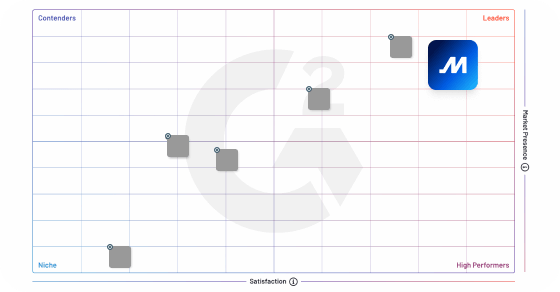The 7/3 split is a term that is frequently used in the trucking industry, particularly in relation to the hours of service regulations. For those who may not be familiar, the hours of service regulations are a set of rules that dictate how long a commercial truck driver can operate their vehicle before they are required to take a break.
The 7/3 split refers to a specific provision within these regulations, which allows drivers to split their mandatory 10-hour break into two parts. The first part must be at least seven hours long, and the second part must be at least three hours long. This split can be useful for drivers who need to take a break but also need to maintain a strict delivery schedule.
To understand the meaning of the 7/3 split, it’s important to understand the hours-of-service regulations as a whole. Under these regulations, drivers are required to take a break of at least 10 hours after they have been on duty for 14 hours. This break must be uninterrupted, and the driver is not allowed to perform any work-related tasks during this time.
However, the 7/3 split allows drivers to take their 10-hour break over the course of two periods. For example, a driver could take a seven-hour break at a truck stop or rest area, and then take a three-hour break later in the day. This could allow them to stay on schedule while still getting the rest they need to operate their vehicle safely.
Frequently Asked Questions
How does a 7/3 split work?
A 7/3 split refers to a work schedule commonly used in the trucking industry, specifically for drivers operating under the United States Federal Motor Carrier Safety Administration (FMCSA) regulations. It means that after completing a 7-day work cycle, the driver must take a mandatory 34-hour off-duty period, during which they are not allowed to operate a commercial motor vehicle. This split allows drivers to reset their hours of service and comply with regulations regarding rest and work hours.
Can you do a 7 3 split off duty?
Yes, a 7 3 split off duty is allowed under certain circumstances. According to the Federal Motor Carrier Safety Administration (FMCSA) regulations, drivers can split their off-duty time into two periods, with the shorter period (minimum 3 hours) counting towards their 10-hour off-duty requirement. This split allows for flexibility in managing rest periods and can be utilized as long as the total off-duty time is at least 10 hours.
Does 10 hours in the sleeper berth reset your 14?
Yes, 10 hours in the sleeper berth can reset your 14-hour clock under certain circumstances. In order for this to happen, the driver must have spent at least 8 consecutive hours in the sleeper berth, and the remaining 2 hours can be split up and taken at any time during the 14-hour window. This is known as the split sleeper berth rule and is regulated by the Federal Motor Carrier Safety Administration.
What is the 7 hour sleeper berth rule?
The 7 hour sleeper berth rule is a regulation that requires commercial truck drivers to take a period of at least 7 consecutive hours off-duty in a sleeper berth before operating a commercial motor vehicle for more than 8 hours without taking a break. This rule is designed to ensure that drivers have adequate rest to prevent fatigue-related accidents on the road.



